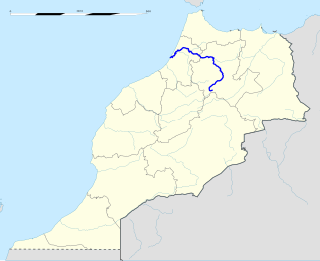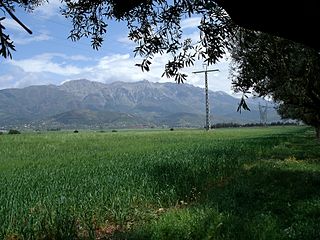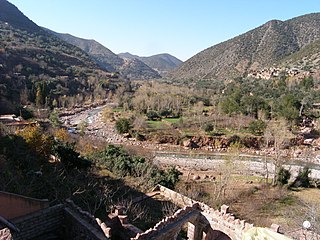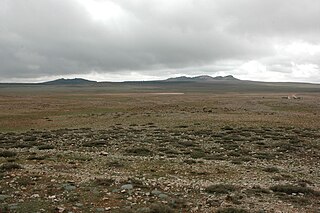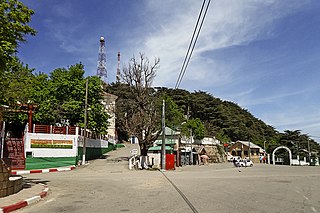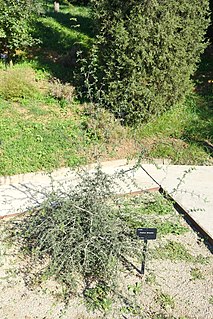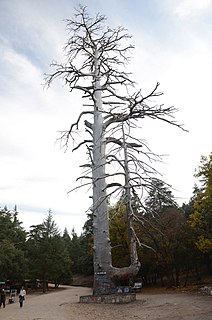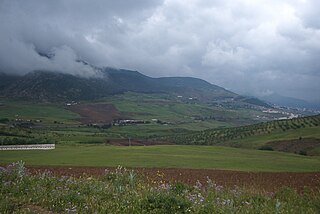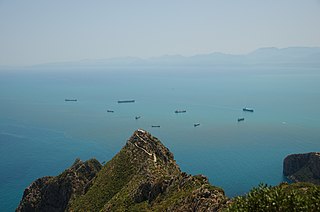The Tizguit Valley is a river-cut landform in the Middle Atlas mountain range, in the Fès-Meknès region of Morocco.

The Middle Atlas is a mountain range in Morocco. It is part of the Atlas mountain range, a vast mountainous region with more than 100,000 km2, 15 percent of its landmass, rising above 2,000 metres. The Middle Atlas is the northernmost and second highest of three main Atlas Mountains chains of Morocco. To south, separated by the Moulouya and Um Er-Rbiâ rivers, lies the High Atlas. The Middle Atlas form the westernmost end of a large plateaued basin extending eastward into Algeria, also bounded by the Tell Atlas to the north and the Saharan Atlas to the south, both lying largely in Algeria. North of the Middle Atlas and separated by the Sebou River, lie the Rif mountains which are an extension of the Baetic System, which includes the Sierra Nevada in the south of Spain. The basin of the Sebou is not only the primary transportation route between Atlantic Morocco and Mediterranean Morocco but is an area, watered by the Middle Atlas range, that constitutes the principal agricultural region of the country.

Fès-Meknès is one of the twelve Regions of Morocco. It has a population of 4,236,892. Its capital is Fès and its current president is Mohand Laenser and its current Wali is Said Zniber.

Morocco, officially the Kingdom of Morocco, is a country located in the Maghreb region of North West Africa with an area of 710,850 km2 (274,460 sq mi). Its capital is Rabat, the largest city Casablanca. It overlooks the Mediterranean Sea to the north and the Atlantic Ocean to the west. Morocco claims the areas of Ceuta, Melilla and Peñón de Vélez de la Gomera, all of them under Spanish jurisdiction.
Much of the valley is characterised by basaltic rock. [1] This valley is associated with forested areas that may provide habitat for the endangered Barbary macaque, Macaca sylvanus , a primate that prehistorically had a much wider range in northern Morocco. [2]

Basalt is a mafic extrusive igneous rock formed from the rapid cooling of magnesium-rich and iron-rich lava exposed at or very near the surface of a terrestrial planet or a moon. More than 90% of all volcanic rock on Earth is basalt. Basalt lava has a low viscosity, due to its low silica content, resulting in rapid lava flows that can spread over great areas before cooling and solidification. Flood basalt describes the formation in a series of lava basalt flows.

In ecology, a habitat is the type of natural environment in which a particular species of organism lives. It is characterized by both physical and biological features. A species' habitat is those places where it can find food, shelter, protection and mates for reproduction.

The Barbary macaque, also known as Barbary ape or magot, is a species of macaque unique for its distribution outside Asia. Found in the Atlas Mountains of Algeria and Morocco along with a small population of uncertain origin in Gibraltar, the Barbary macaque is one of the best-known Old World monkey species.

